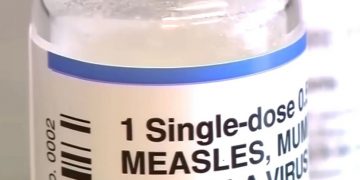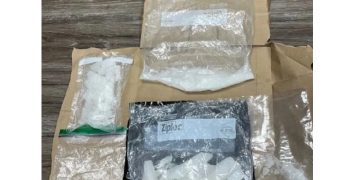Bloomington, Indiana – The annual drinking water quality report for the City of Bloomington Utilities was published on June 28. It found 13 contaminants during the year at levels within EPA guidelines. In Bloomington’s drinking water, 70 pollutants were not found.
The 13 contaminants found were 2,4-dichloro phenoxy acetic acid, organic carbon, turbidity, beta/photon emitters, combined radium, barium, copper, chloramines, lead, trihalomethanes, and gross alpha (excluding radium and uranium).
According to the research, the majority of contaminants found in Bloomington’s drinking water were caused by natural sources, erosion of natural deposits, corrosion of home plumbing systems, and byproducts of water sanitization procedures.
Lead was found in drinking water at a high of 3.3 parts per billion, less below the EPA’s standard of 15 parts per billion. Lead is a hazardous chemical that can have harmful health effects, including developmental delays in children. 90% of the samples that were gathered, according to the study, had levels that were lower than this measurement.
Due to a shipping issue, total organic carbon, a statistic that wasn’t reported to the Indiana Department of Environmental Management, had an average removal rate of 44.5%, exceeding the EPA’s minimal 35% requirement.
On its open data site, the City of Bloomington Utilities publishes additional information about Bloomington’s water supply, including more thorough reports on contaminants like lead, copper, and organic matter.





















































































